



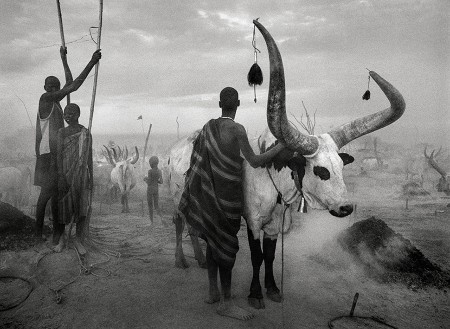




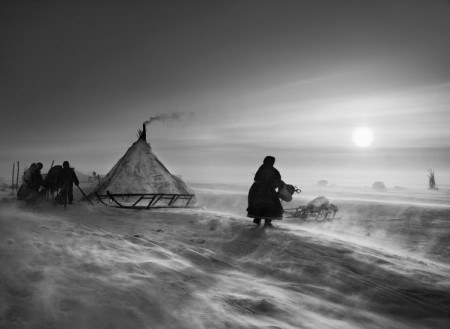
Perhaps I’m a little late on the Sebastião Salgado bandwagon but I’m really glad I jumped on. Sebastião Salgado is a veteran documentary / photojournalism photographer from Brazil. I believe most of the shots above were shot with a Leica M7 with mostly Kodak’s T-Max 400 film. I’ve also read that Mr. Salgado has switched to digital format in recent years. Either way, his photographs floored me. I was at Samy’s Camera here in Los Angeles and they had his book Genesis on display. I could have sat and viewed that book for days. Each image had me staring at it for a good length of time. Salgado’s work is the kind of work that makes me want to quit photography entirely because it’s just too good.
I could go on and on about his work but go ahead and do your own research on Sebastião Salgado.
Sebastião Salgado Wiki

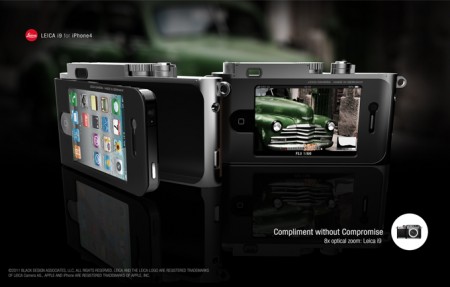


Black Design Associates have whipped up a pretty interesting iPhone / Leica i9 fusion camera concept. The device would cost around $1000 and shoot 12.1 megapixel images. It’s a long shot that anything like this will ever be produced but here’s hoping it sees the light of day.
More images and info at Black Design Associates


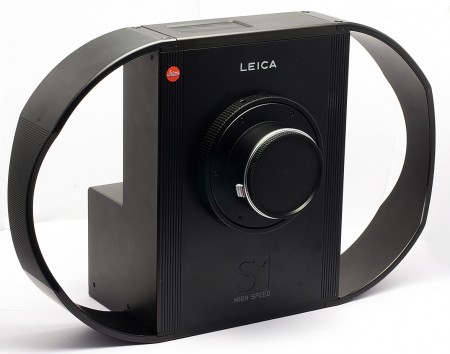




This is the S1, Leica’s first digital camera. Introduced in 1996, it was a digital scanning back that could work with various lenses. Each exposure took 185 seconds to complete so had to be shot using continuous light. You might think that such an old digicam would produce inferior results, but apparently it was quite the opposite:
“Though slow, the S1 yielded 76Mb @ 24-bit (151Mb @ 48-bit), 5140 x 5140, 12-bit RGB image files that contained little if any of the artifacting, blooming, and fringing that continue to plague us to this very day” – B&H
And it operated at ISO 50! (the film speed) Pretty good for ’96, and it would only set you back $21,500… I’m loving the look of this thing which stands in stark contrast to the subsequent and far more familiar looking Leica S2 model. The second to last (with the rackmount processor) apparently depicts the “Highspeed Kit” which dramatically reduced the scanning time per image.
Here are some pages from the original brochure featuring some example output from the S1: Page 1 . Page 3 . Page 5 . Page 7 . Page 8
Image sources eBay Auction, B&H, Leica Forum via Gizmodo

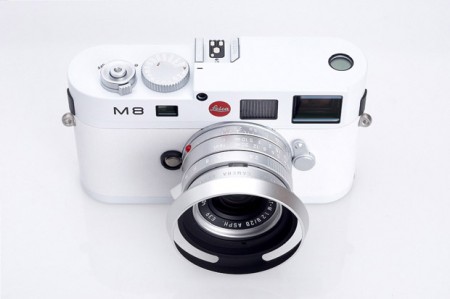

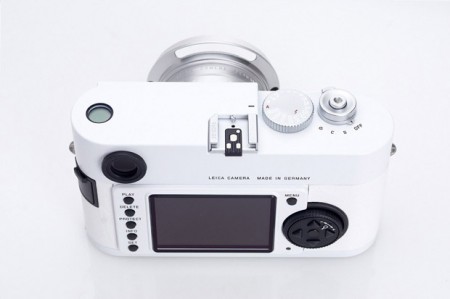


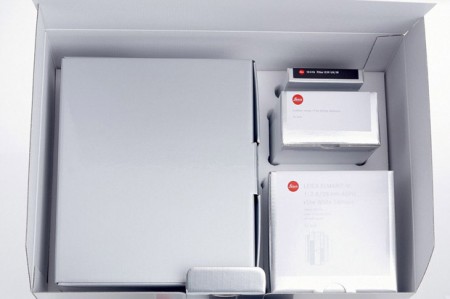
A few weeks ago I had symptoms of what I’m calling Leica love—it seems like a feverish desire more than anything. Stumbling upon these photos of a special edition M8 only intensified it. Check out how clear and sexy these product shots are.
While the camera is amazing, you’re dropping $8,500 on it and I would think that the packaging should be extend further rather than just the typical cardbox box with inserts. Perhaps a red velvet/suede lining in a completely metal case or something along those lines would be the way to go.
Wouldn’t you agree?
Also Leica, don’t hesitate to call if you need help designing the new packaging.
Images via Hypebeast






All of this recent hype about the FujiFilm X100 has really forwarded my attention towards Leica and some of their compact cameras. Namely the M8 and M9. Sure they may be expensive but it’s definitely on my “to own” list.
If you’ve used one of these or better yet own a Leica then I’d love to hear your thoughts.
Images via Ffffound

Introduced in 1976, the Leica R3 was a compact SLR based partly on the Minolta XE (the MOT — pictured above — being the motor driven variant). These can be had on the cheap via ebay, would make a great secondary camera for film stuff.
Image via Lauterhaus


































